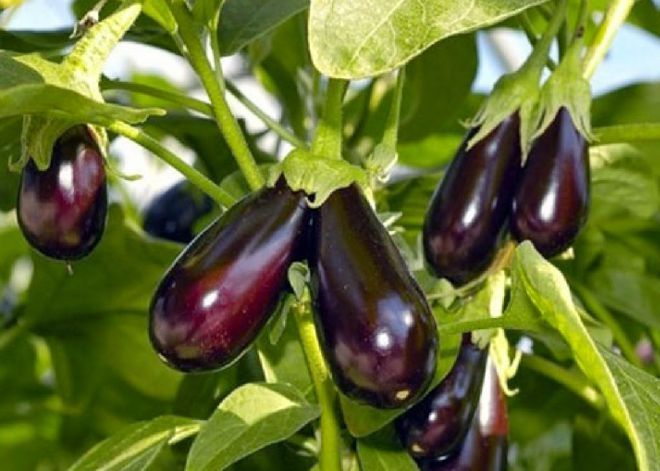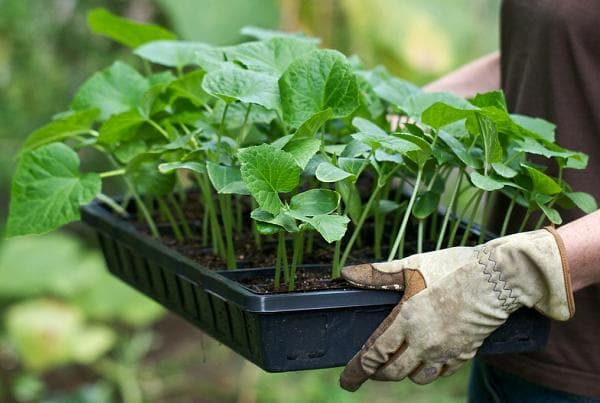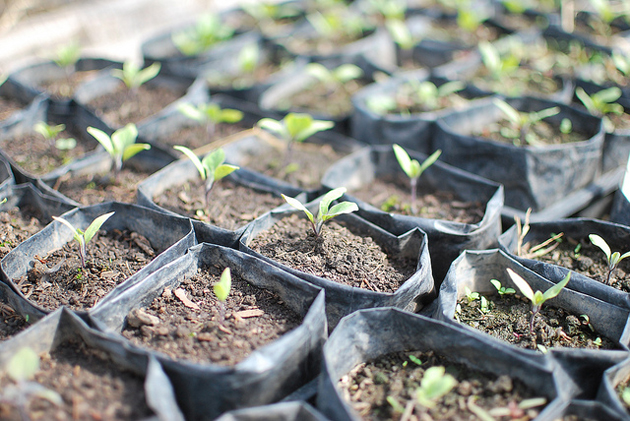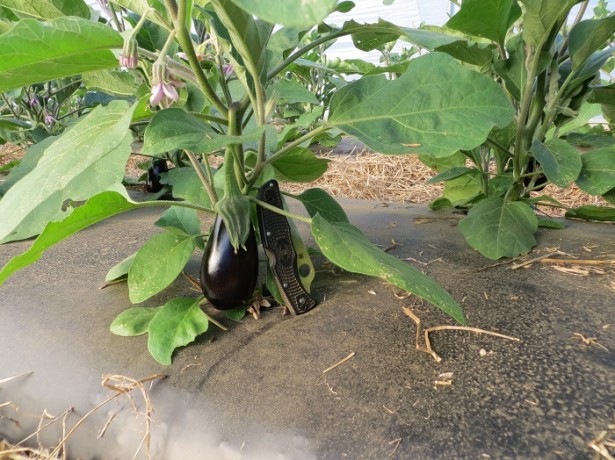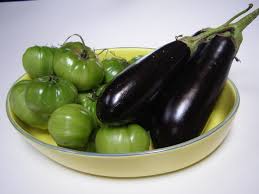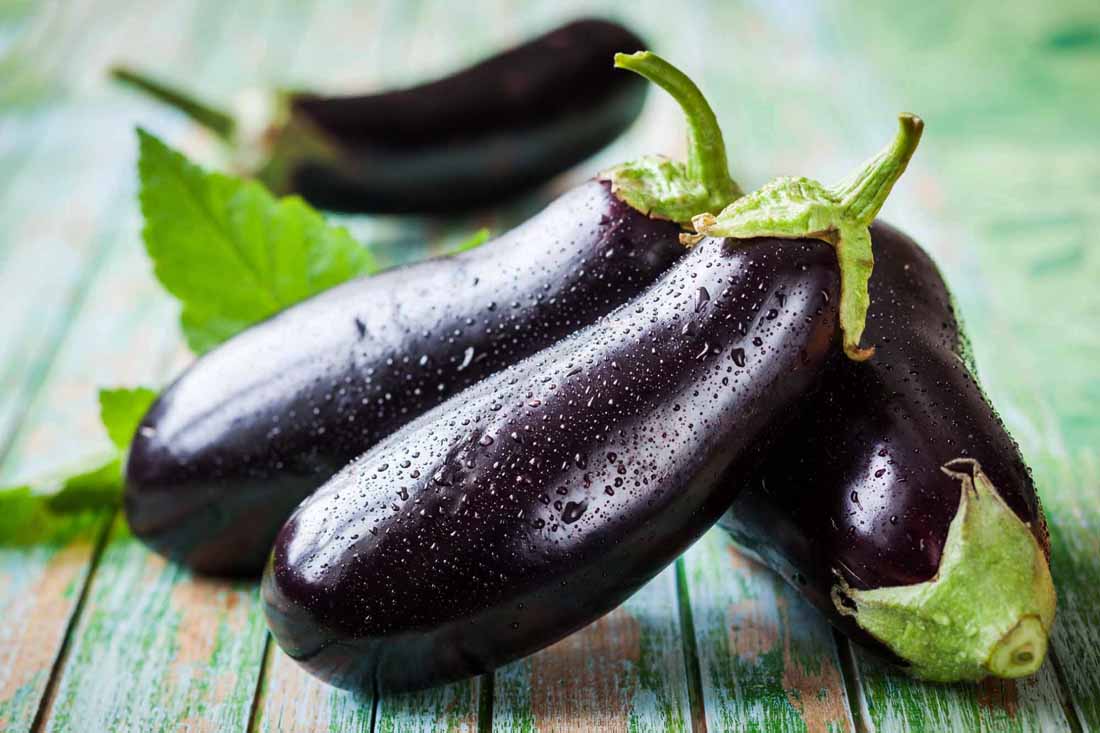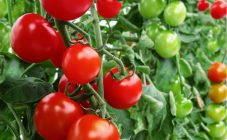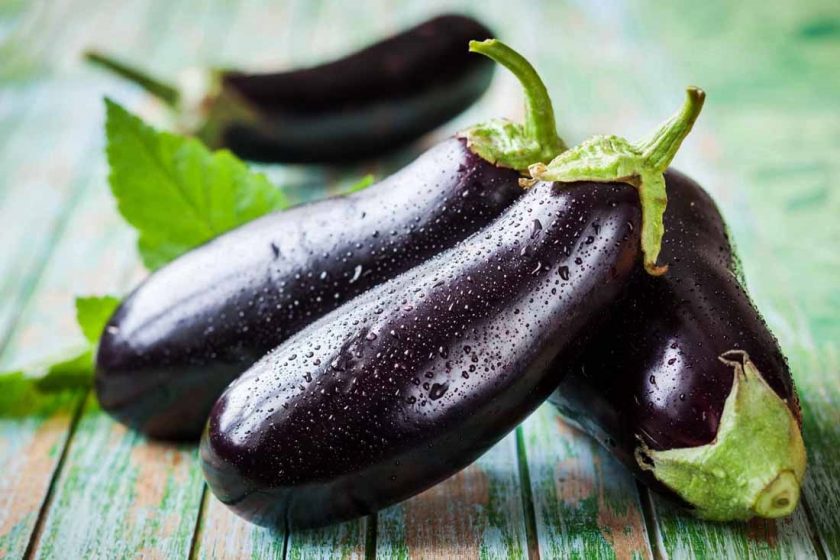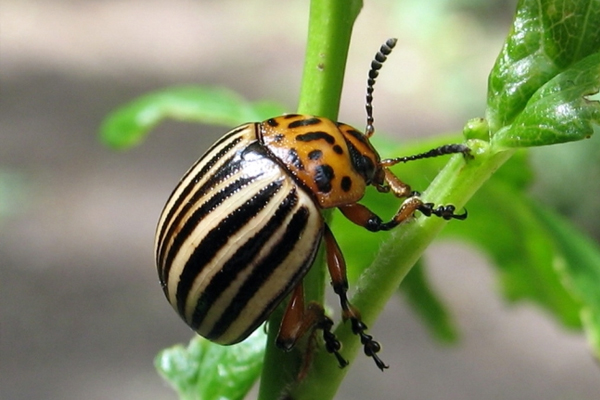Content:
The homeland of eggplant is India, but it was first described in the 19th century by the French doctor Antoine-Barthélemy Clos during a trip to Egypt. Because of the characteristic dark purple color of the peel, eggplants in Russia are sometimes called "blue". This plant is interesting even because, from a botanical point of view, its fruits are berries, but at the same time, culinary experts classify eggplants as vegetables. A heat-loving culture requires special care; in the Moscow region and central Russia, it is possible to get a good result by cultivating eggplant only in greenhouse conditions.
The best varieties of eggplant for growing in a greenhouse
Eggplants are divided into 3 groups according to the ripening period:
- early - ripening in 85-110 days;
- medium - ripening of the fetus after 110-130 days;
- late - harvesting in 130-150 days.
Eggplant bushes can be tall or short. The "blue" ones also differ in the shape of the fruits, which can be:
- round;
- elliptical;
- pear-shaped.
Characteristics of varieties of eggplant for the greenhouse
Only self-pollinated hybrids will bear fruit in the greenhouse in winter, for this reason, only those varieties that have the ability to form ovaries without insect pollination are suitable for growing during this period. Here are a few of them:
- Romantic. High-yielding culture. The height of an eggplant bush in greenhouse conditions is from 1.2 m to 1.6 m. A tall plant must be tied up. The Romantic variety differs in that its taste is genetically devoid of the bitter taste characteristic of eggplant. The ripe fruit has a weight of 170 to 270 grams.
- Joker. An early variety, its fruits ripen at 90–95 days. In this hybrid, the ovaries are collected in a brush. In each of them, from 3 to 7 fruits can be formed. The height of the eggplant bush in the greenhouse reaches 1.2 m. The variety is resistant to infections and fungi.
- Sophia. Tall shrub with late maturity. In greenhouse conditions it grows from 1.4 m to 1.6 m. Eggplants of this variety are distinguished by very good taste. The fruits of this plant are pear-shaped and weigh up to 0.8 kg each. The variety is suitable for industrial production, as its fruits have a very beautiful appearance and can be stored for a long time.
- Vakula. Early grade. The bushes of this eggplant grow up to 1.2 m. The fruits are blue-violet in color and have a shape that resembles a pear. A high-yielding hybrid with good taste, completely devoid of bitter aftertaste. The vakula needs a garter and bush shaping.
- Namesake. A variety with medium ripening periods. The fruits of this plant are round-oval in shape. They seem to be slightly flattened on top. Eggplant bushes of medium height, from 0.8 m to 1.2 m, require garters and shaping.
- City F1. A tall hybrid, its stems grow in a greenhouse from 1.8 m to 2.5 m. The plant is a well-leafy bush with a powerful central trunk. The variety has a high yield. Eggplant bushes need garter and shaping.
- Fabina F1. A low-growing plant, its height ranges from 50 to 70 cm.The fruits are purple in color and in a standard cylindrical shape, weighing from 180 to 260 grams. Crop ripening occurs 3 months after germination. This plant can be cultivated in greenhouses, greenhouses and open beds.
- Black handsome. A low-growing variety, a plant, even in greenhouse conditions, grows only up to a mark of 0.5 m. The black handsome man gives a harvest 120 days after germination. Most of the fruit is located at the bottom of the bush. The fruits are tasty, have a classic blue-violet color for eggplants and weigh from 220 to 270 grams. The variety is resistant to almost all common plant infectious diseases.
Care, cultivation and formation of eggplant bushes in the greenhouse
Breeders offer several types of crown formation for medium-sized and tall varieties of this culture. Such hybrids are cultivated more in greenhouses, and in open beds of low-growing plants, amateur vegetable growers use pruning of bushes less often.
How to shape eggplants in a polycarbonate greenhouse? Eggplant bushes in greenhouse conditions are formed according to one of the following schemes:
- One stem. Suitable for varieties in which the bulk of the ovaries is formed on the main trunk. This formation allows you to focus all the vitality of the plant on the ripening of the crop.
- Two stems. This formation scheme allows you to create medium spreading bushes.
- Three to four stems. After all the manipulations carried out, a fairly voluminous bush is obtained. With this type of formation, the plant requires much more maintenance.
A plant pruning scheme is selected based on:
- visual assessment of the quality of seedlings;
- the data set forth in the instructions supplied with the seeds.
In the process of forming the crown of eggplant bushes, one must not forget that the plants need high-quality feeding. Fertilizers must be applied consistently once every two weeks.
Formation into one stem
The formation of a bush in one stem is chosen for several reasons:
- in the variety, most of the ovaries are located on the central stem;
- eggplant seedlings are poorly developed or weakened;
- the seedlings did not tolerate the pick poorly.
Pruning stepchildren and foliage will provide the center stalk with the most nutrients.
Also, this molding scheme is used for tall varieties, since it is difficult to provide especially large plants with the required amount of food and light in a limited greenhouse area.
The first pruning of the bush should be done two weeks after planting the seedlings in the greenhouse garden. After that, you need to cut off unnecessary side shoots and extra leaves every 14-20 days.
Step-by-step instructions for the correct formation of an eggplant bush in one stem:
- At the root part of the stem, up to 3-4 leaves, all shoots and ovaries are removed.
- At the level of 6-8 leaves, pinching of the stepsons is done, half of the ovaries are removed.
- At the level of 10 leaves, pinching is carried out (after the first leaf with an ovary).
- Above 10 leaves on the central stem, lateral stepchildren are left with an ovary on two leaves. At the top of the eggplant, you can save 3 leaves with an ovary.
How to form a two-stem plant
The formation of eggplant bushes begins 14 days after the seedlings are planted in the greenhouse soil. Plants weakened after picking begin to form a week later. The question arises, is it necessary to pinch eggplants if these plants do not tolerate transplanting to a new place well? Indeed, in heated greenhouses, seeds can be sown directly into the ground. In all other shelters, eggplants are grown in seedlings.
How to pick capricious eggplants so as not to cause mechanical damage to the root system of the seedlings? To do this, 2-3 hours before transplanting, the plants in the seedling box are poured with plenty of warm water. After the soil is saturated with liquid and becomes soft, you can start picking.
Immediately after the eggplant bush reaches a height of 35-40 cm, you need to pinch the top of it. This procedure will provoke more active growth of the lateral branches. Of all the branches, only two are left, the strongest. All shoots and almost all leaves below the formed fork are removed. A couple of leaves are left, which will create a shadow for the root area of the soil.
All further manipulations aimed at the correct formation of eggplants are carried out at intervals of 2-3 weeks, as the plant grows.
All lateral branches that form on the two main stems must be removed along with part of the ovaries.
Then the formation of eggplants in a stationary greenhouse is carried out according to the step-by-step instructions proposed for bushes with one central stem, but an amendment is made to take into account the shape of the bush of two stems. In other words, each of the two stems is pruned according to the pattern that describes the formation of a bush into one stem.
How to properly form bushes with three to four main stems
Eggplants in greenhouses are formed into 3-4 stems, if there is enough space in the room, and there are few seedlings to fill it. With a large amount of planting material, this scheme is impractical to use. How to pinch eggplants correctly, forming a bush into several main stems?
At the very beginning, the eggplant bush begins to be cut according to the instructions proposed for the formation of an eggplant with two stems:
- After the sprout stretches to a height of 30-35 cm, pinch its top.
- As soon as the main stem starts up several side branches, you need to choose the 2 strongest stems from them, and remove all other shoots.
- Two weeks later, they move on to the main stage of the formation of bushes. On each of the two stems, one lateral branch remains. All other branches are pinched after the second leaf sinus. The ovaries remain intact.
- The next fork is handled in the same way. A single lateral shoot and ovaries are also left on it. Thus, the crown is gradually created.
- All branches with mechanical damage and devoid of ovaries are cut off.
- Remove all excess leaves from the bush.
The most common mistakes
There are a number of well-established judgments among vegetable growers, some of them are erroneous, since they are based on outdated information.
Mistake number 1. Eggplants and peppers do not need to be shaped and removed from them stepchildren.
In practice, pinching of eggplant bushes is not done only in low-growing varieties. Usually, it is them that summer residents and owners of personal plots prefer to grow, since some do not even know about the existence of hybrids with a stem height of more than 1 meter.
Mistake # 2. Pinching is harmful to eggplant bushes and disrupts the natural course of plant development.
Pruning excess branches and leaves is actually a surgical intervention, but nature provides for a regeneration process, on the basis of which the entire formation of a fruiting bush is made.Removing unnecessary branches allows you to direct all the forces of plants to the formation and ripening of the maximum possible number of fruits.
Mistake number 3. The lower part of the stem is not subject to processing and shaping.
A dangerous misconception that can lead to the death of the plant. The fact is that just in the root zone, shaded by leaves, in conditions of poor ventilation, putrefactive bacteria actively multiply. In addition, the lowest leaves and branches draw off more nutrients, and they simply do not reach the forming fruit. For this reason, all undergrowth, including branches and leaves, must be removed. Only a couple of leaves are left to create a small amount of shadow.
Mistake No. 4. More ovaries should be left closer to the root, because nutrients do not reach the top of the plant.
Failure # 5. All plants on the same bed should be formed according to the same pattern.
For each bush, its own form of crown formation is chosen, depending on its variety, growth and quality state at the time of planting the seedling in the ground.
The removal of excess branches and foliage has a positive effect on the fruiting of eggplants, since as a result of such an intervention, all the vital juices of the plant rush to the ripening fruits. The procedure for forming a bush on tall plants has a particularly strong effect: their yield indicators noticeably rise.

